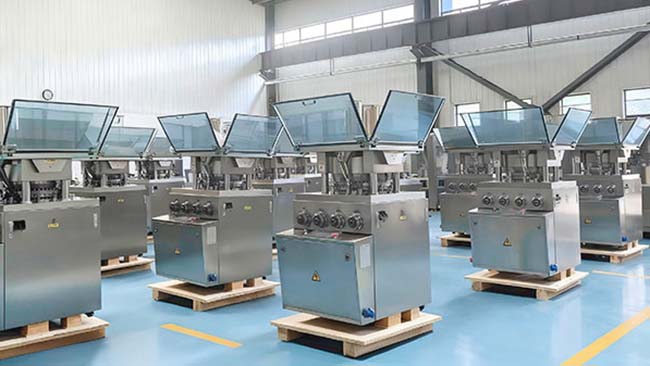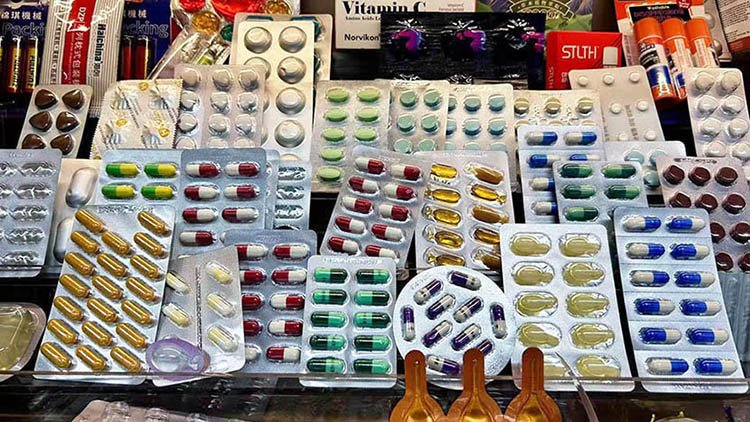
Quelle: Pixabay
Die pharmazeutische Verpackungsindustrie steht aufgrund der Sensibilität ihrer Produkte vor zahlreichen Herausforderungen. Schlechte Verpackungen können schlimme Folgen, was zu chemischen Veränderungen des Produkts führt, es unwirksam macht und seine Wirksamkeit beeinträchtigt. Dieser Aufsatz untersucht sechs Herausforderungen für die Verpackung pharmazeutischer Produkte.
Um die Sicherheit und Wirksamkeit pharmazeutischer Produkte zu gewährleisten, ist es wichtig, diese Herausforderungen bei der Verwendung zu bewältigen Medikamentenverpackungsmaschinen, Kapselfüllmaschinen, Tablettenpresse Maschinen und Sekundärverpackung für Medikamente Lösungen.
Kindersichere Verpackung
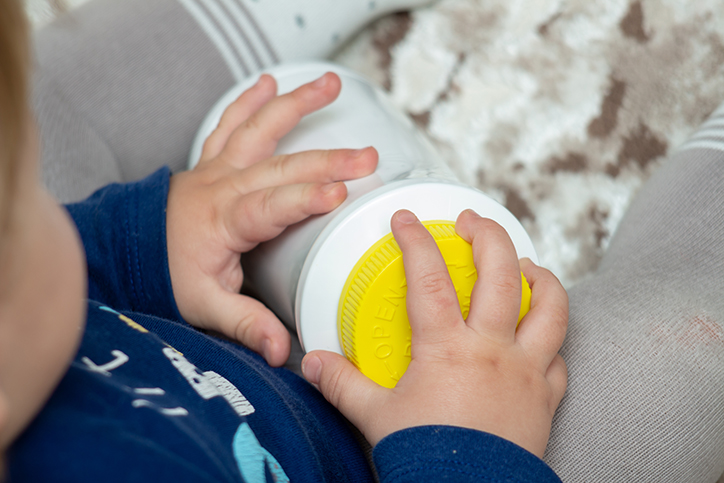
Quelle: Istock
Kindersichere Verpackung wurde entwickelt, um zu helfen Kinder vor Gefahren schützen der versehentlichen Einnahme gefährlicher Gegenstände, wie z. B. bestimmter verschreibungspflichtiger und rezeptfreier Medikamente. Es ist so konzipiert, dass es für kleine Kinder schwierig ist, es zu öffnen oder darauf zuzugreifen. während Die Anwendung ist für Erwachsene dennoch einfach genug. Beispiele für rezeptfrei erhältliche Produkte, die eine CR-Verpackung erfordern, sind Paracetamol, Aspirin, Diphenhydramin, Ibuprofen, eisenhaltige Arzneimittel und Nahrungsergänzungsmittel, Imidazoline, Methylsalicylat, Mundwasser, Naproxen und rezeptfreie Switch-Medikamente.
Die Herausforderung, kindersichere Verpackungen bereitzustellen, um Kinder vor dem Zugang zu potenziell gefährlichen Medikamenten zu schützen, kann bewältigt werden mit durchdachtes DesignHersteller können implementieren leicht zu öffnende Laschen und umfassen klare Hinweise zur richtigen Anwendung Sie können beispielsweise Textanweisungen auf Etiketten verwenden und auch andere Methoden in Betracht ziehen, beispielsweise die Vergrößerung der Verpackung.
Darüber hinaus sollten Unternehmen sicherstellen, dass ihre Verpackungen konform mit den Vorschriften B. durch die Durchführung von Routinetests mit Kindern, und erwägen Sie Einzeldosisverpackungen, um das Öffnen für kleine Hände zu erschweren.
Durch diese Schritte können Hersteller sicherstellen, dass sie sichere und wirksame Verpackungen bereitstellen, bei denen die Sicherheit der Kinder an erster Stelle steht.
Lagerung und Temperaturkontrolle
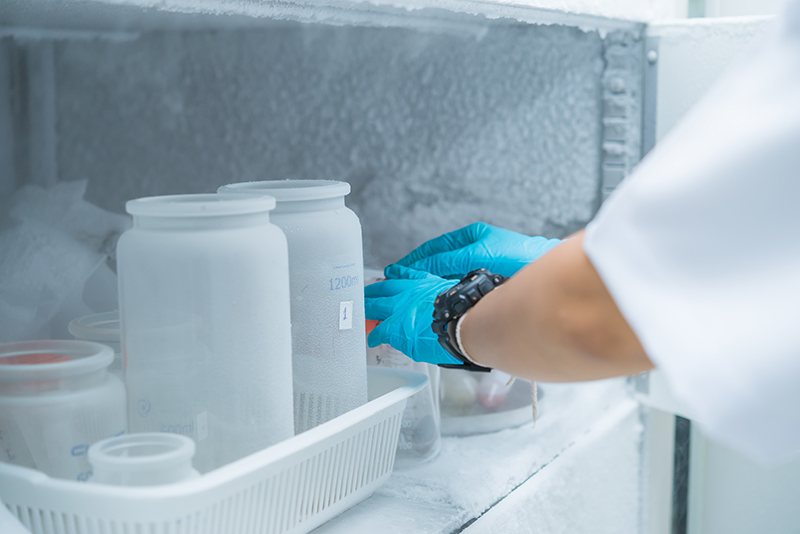
Quelle: Reewungjunerr
Zweitens steht die Pharmaindustrie vor der Herausforderung, Kontrolle und Aufrechterhaltung der Temperatur seiner Produkte während der Lagerung. Die Temperatur ist dabei der wichtigste Faktor, nicht nur in der Apothekenlagerung, sondern auch während des Transports. Insbesondere Impfstoffe sind hitzeempfindlich und benötigen einen bestimmten Temperaturbereich. Deshalb sind medizinische Kühlschränke eine sinnvolle Investition für die Impfstofflagerung.
Arzneimittel in Lösungsform haben eine andere Zusammensetzung und damit einen anderen Temperaturbereich. Daher ist es wichtig, die Richtlinien des Herstellungsprozesses einzuhalten, um die höchste Qualität der Arzneimittel zu gewährleisten. Um die Produktqualität zu gewährleisten, fortschrittliche Speichersysteme, wie temperaturkontrollierte Lager und temperaturkontrollierte Verpackungen, müssen eingesetzt werden.
Temperaturkontrollierte Verpackung ist für viele Branchen, die den Transport und die Lagerung temperaturempfindlicher Güter erfordern, unerlässlich. Es gibt eine Vielzahl von temperaturkontrollierte Verpackungslösungen Um sicherzustellen, dass Waren sicher und im gleichen Zustand ankommen, in dem sie abgeschickt wurden, stehen verschiedene Maßnahmen zur Verfügung. Dazu gehören isolierte Versandkartons, temperaturgeregelte Transportbehälter, Kühltransportfahrzeuge und thermische Verpackungsmaterialien wie Luftpolsterfolie, Styropor und Schaumfolie. Zusätzlich können temperaturempfindliche Artikel den Einsatz von Temperaturüberwachungsgeräten, Kühlakkus und Trockeneis erfordern, um sicherzustellen, dass die Produkte während des Transports die gewünschte Temperatur behalten.
Alle diese Lösungen tragen dazu bei, dass Waren unter den richtigen Temperaturbedingungen transportiert und gelagert werden und dass die Produkte im selben Zustand ankommen, in dem sie das Lager verlassen haben.
Produktschutz
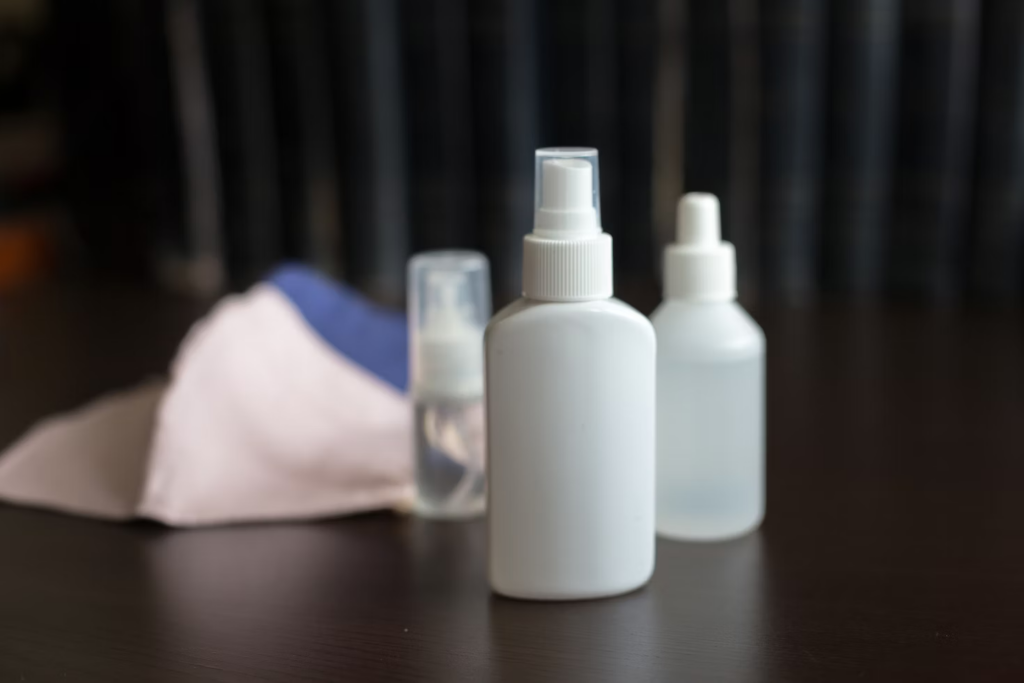
Quelle: Unplash
Die dritte Herausforderung für die Pharmaindustrie besteht darin, ProduktschutzUm sicherzustellen, dass Produkte beim Transport nicht beschädigt werden, müssen Pharmaunternehmen Investieren Sie in geeignete Verpackungsdesigns und -materialien zum Schutz ihrer Produkte. Dies trägt dazu bei, mögliche Schäden während des Transports zu vermeiden und sicherzustellen, dass die Produkte sicher und unbeschädigt ankommen. Schutzverpackungslösungen Dazu können beispielsweise robuste Außenverpackungen, zusätzliche Polsterungen und feuchtigkeitsbeständige Materialien gehören.
Durch diesen zusätzlichen Schritt können Unternehmen sicher sein, dass ihre Artikel im bestmöglichen Zustand ihr Ziel erreichen.
Einhaltung gesetzlicher Vorschriften

Quelle: Istock
So bleiben Sie hinsichtlich der Einhaltung gesetzlicher Vorschriften auf dem Laufenden ist eine große Herausforderung für Betreiber von medizinischen Verpackungsmaschinen, Kapselfüllmaschinen, Medikamenten-Sekundärverpackungen und Tablettenpressen. Die Pharmaindustrie ist anspruchsvoll und erfordert nicht nur Produktqualität aber auch ordnungsgemäße Verpackung und Kennzeichnung, um Verunreinigungen, Manipulationen und falsche Informationen zu verhindern.
Um den Prozess effizienter zu gestalten, sollten Unternehmen die wichtigsten Herausforderungen angehen, die mit Verpackungsdesign und -implementierung. Nach der Tylenol-Tragödie sind Manipulationsschutzspezifikationen unerlässlich und umfassen Merkmale wie Blisterverpackung, Schrumpffolie, HIS-Liner und Klebebandverschlüsse. Vorschriften für mehrschichtige Etiketten sind ebenfalls sehr detailliert und müssen Produktname, Inhaltsstoffe, Verwendungszweck, Lagerungshinweise, Verfallsdatum, Arzneimittelfaktentabelle, Dosierungsanweisungen, Warnhinweise oder Nebenwirkungen sowie Allergieinformationen enthalten. Es ist wichtig, Stellen Sie eine ordnungsgemäße Kennzeichnung sicher und vermeiden Sie kostspielige Rückrufe Dies kann aufgrund falscher Informationen geschehen. Schließlich können verschiedene Länder und Regionen die Arzneibuchstandards der Weltgesundheitsorganisation ändern, was bedeutet, dass Arzneimittel je nach Bestimmungsort unterschiedliche Etiketten oder Verpackungsarten benötigen können.
Verpackungsmaterialien
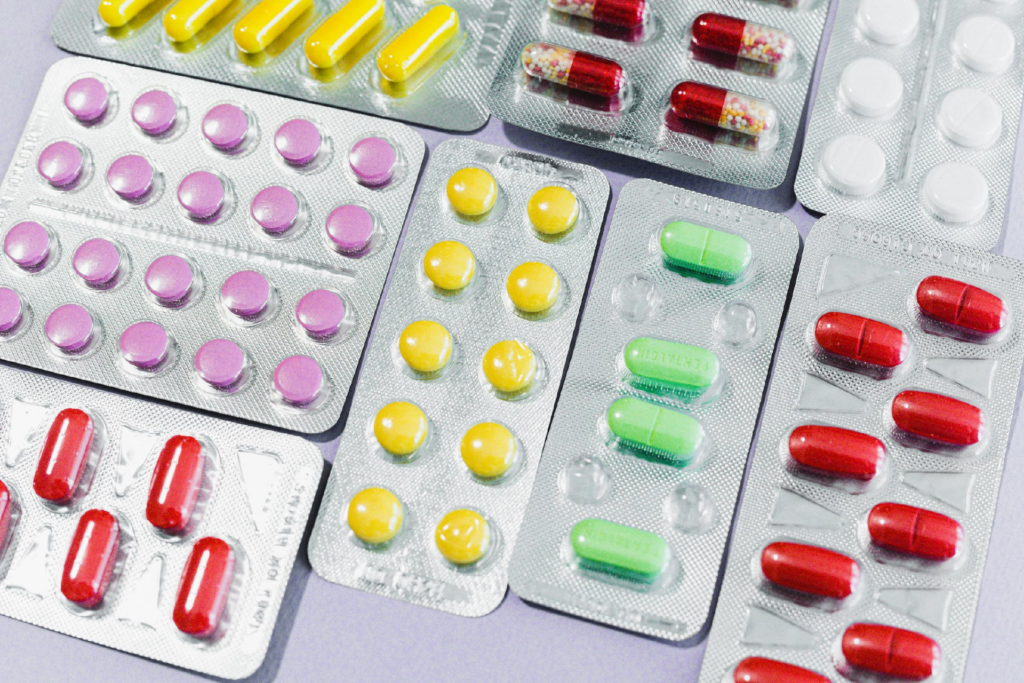
Quelle: Pexel
Die Verpackung von Medikamenten ist ein sich ständig weiterentwickelndes Feld. Neue Materialien werden entwickelt, um den Anforderungen der Pharmaindustrie gerecht zu werden. Glas und Kunststoff sind die am häufigsten verwendeten Materialien für Arzneimittelverpackungen. Die Materialauswahl wird jedoch von verschiedenen Faktoren bestimmt, beispielsweise dem Schutz vor Verunreinigungen, der Erleichterung der Verabreichung von Medikamenten in Sprays, Injektionspräparaten und Blisterpackungen sowie der Reduzierung der Umweltbelastung der Branche.
Zu diesem Zweck, nachhaltigere Materialien Materialien wie Papier, Pappe, pflanzliche Kunststoffe, Glas, Metall und andere wiederverwendbare oder recycelbare Behälter werden in Betracht gezogen. Darüber hinaus müssen auch biologisch abbaubare Klebstoffe, Etiketten und Tinten berücksichtigt werden, um den ökologischen Fußabdruck weiter reduzieren.
Es muss unbedingt sichergestellt werden, dass die Gesundheit und Sicherheit der Verbraucher werden nicht beeinträchtigt, während wir versuchen, eine nachhaltigere Verpackungslösung für die Pharmaindustrie zu schaffen. Mit dem Aufkommen innovativer und neuartiger Medikamente ist es wichtig, die potenzielle Konflikte Zwischen Medikamentenkombinationen und Verpackungsmaterialien besteht ein Zusammenhang. So können beispielsweise bestimmte Medikamentenkombinationen zum Abplatzen von Glasverpackungen führen oder Silikonöl in Fertigspritzen die Zusammensetzung von Proteinkomplexen stören.
Durch einen ganzheitlichen Nachhaltigkeitsansatz können wir sicherstellen, dass die Gesundheit und Sicherheit der Verbraucher nicht gefährdet werden und die Umweltauswirkungen der Branche reduziert werden.
Qualitätskontrolle und -sicherung
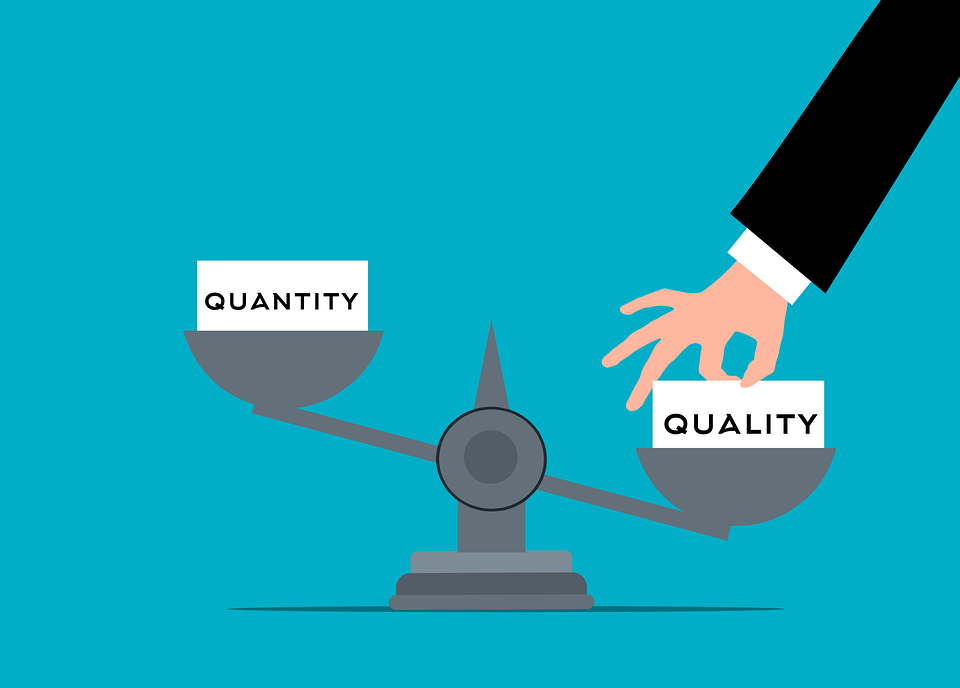
Quelle: Pixabay
Qualitätskontrolle und -sicherung stellen bei der Verpackung von Medikamenten eine große Herausforderung dar. Um höchste Standards zu gewährleisten, sind zuverlässige Prüfmethoden unerlässlich, wie zum Beispiel: hochauflösende Bildgebung und Spektroskopie um mögliche Mängel zu erkennen. Darüber hinaus engagiertes Qualitätssicherungsteam Es sollte eine Regelung eingeführt werden, die regelmäßige Kontrollen aller Arzneimittelchargen vor der Auslieferung vorsieht.
Außerdem, sorgfältige Aufzeichnungen muss über jede Phase des Verpackungsprozesses informiert werden, damit etwaige Unstimmigkeiten schnell erkannt und behoben werden können. Um die notwendigen Anforderungen zu erfüllen, müssen medizinische Verpackungsbeutel Folgendes besitzen: bestimmte mechanische Eigenschaften zum Schutz des Produkts sowie als Barriere gegen Feuchtigkeit, Wasserdampf, Gas, Licht, Aroma, Geruch, Wärme usw.
Darüber hinaus ist die Sicherheit von größter Bedeutung, daher muss die Toxizität des Verpackungsmaterials auf ein Minimum beschränkt, und es muss korrosionsbeständig sein und über insekten-, motten- und rattenabweisende Eigenschaften verfügen. Es sollte sich außerdem für die Verarbeitung eignen und für die industrielle Großproduktion leicht mechanisierbar und automatisierbar sein sowie wirtschaftlich und umweltfreundlich sein.
Schließlich muss das Unternehmen, das pharmazeutische Verpackungsmaterialien herstellt, für ein wirksames Qualitätsmanagement ausgestattet sein mit eine Abteilung für Qualitätsmanagement, von der verantwortlichen Person geleitet und mit geeignetem Personal sowie den richtigen Ressourcen und der richtigen Ausrüstung ausgestattet.
Abschluss
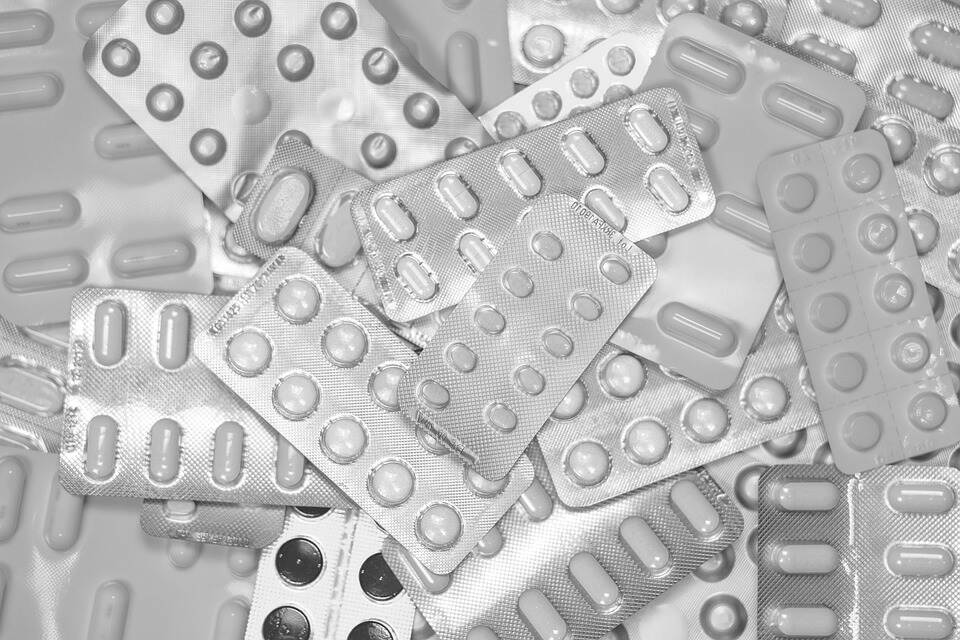
Quelle: Pixabay
Zusammenfassend lässt sich sagen, dass die Pharmaverpackungsindustrie vor einer Vielzahl von Herausforderungen steht, um die Sicherheit und Wirksamkeit ihrer Produkte zu gewährleisten. Zu diesen Herausforderungen gehören kindersichere Verpackungen, Temperaturkontrolle, Produktschutz, Einhaltung gesetzlicher Vorschriften, Verpackungsmaterialien sowie Qualitätskontrolle und -sicherung.
Indem Hersteller jede Herausforderung sorgfältig und umfassend angehen, können sie sicherstellen, dass ihre Produkte bleiben sicher und wirksam, während auch Reduzierung ihrer UmweltbelastungDurch Investitionen in moderne Lagersysteme, schützende Verpackungslösungen und umweltfreundliche Materialien können Unternehmen sicher sein, dass ihre Produkte in einwandfreiem Zustand ankommen und alle gesetzlichen Anforderungen erfüllen.
